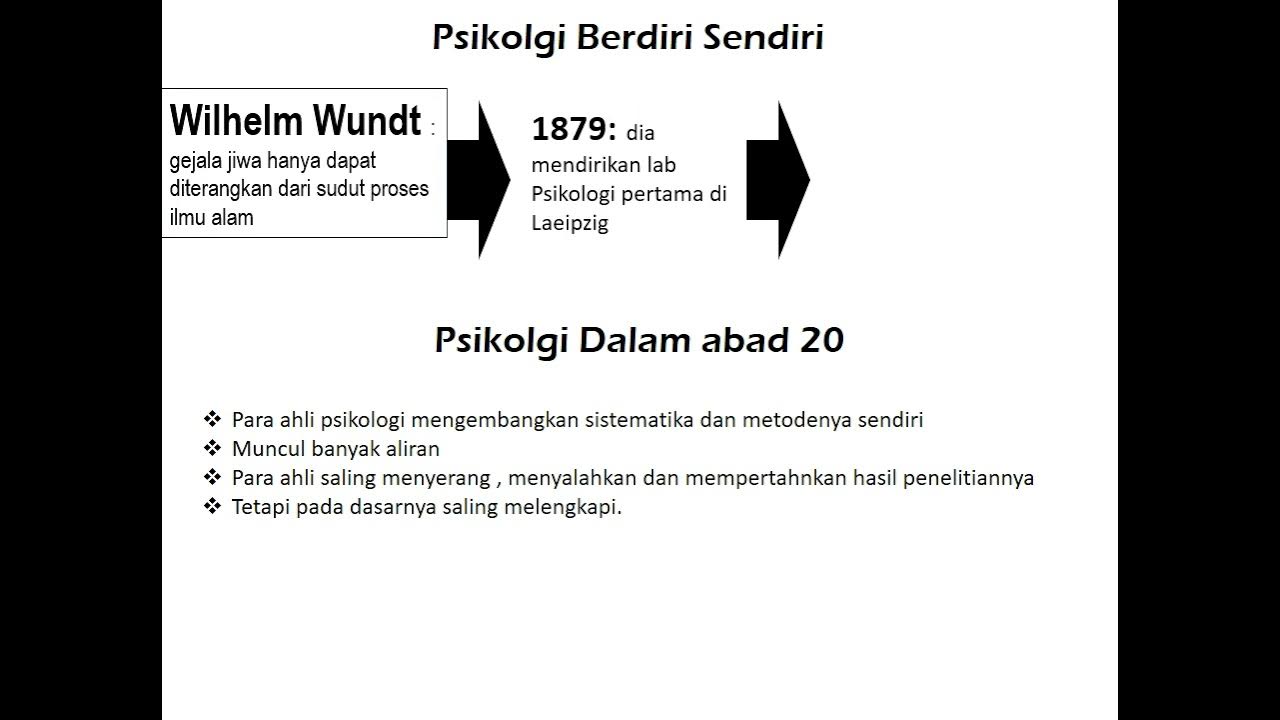Lei dos Gases Ideais e o Ciclo de Carnot
Summary
TLDRThis video explores the fundamentals of thermodynamics, focusing on its historical context and development from the 19th to early 20th century. It highlights key concepts such as the first and second laws of thermodynamics, the behavior of gases, and the principles behind thermal engines like the Carnot engine. The script discusses how thermodynamics has shaped technologies like motors and refrigerators while also revealing deep insights into energy conservation and the universe’s workings. The importance of understanding temperature, pressure, volume, and entropy is emphasized, illustrating both practical and theoretical advancements in physics.
Takeaways
- 😀 The development of thermodynamics occurred between the mid-19th and early 20th centuries, driven by industrialization and the rise of machines such as motors and thermal engines.
- 😀 Unlike electromagnetism, which evolved from curiosity-driven research, thermodynamics was initially designed to address practical problems, such as improving machines like engines and refrigerators.
- 😀 Thermodynamics helped reveal fundamental laws of nature, including entropy, which continues to be a subject of active research.
- 😀 The first law of thermodynamics states that energy is conserved, meaning we cannot create energy, only transform it from one type to another.
- 😀 The behavior of gases plays a crucial role in thermal engines, and understanding their properties—such as volume, temperature, and pressure—is key to using them effectively.
- 😀 The ideal gas model simplifies the study of gases by ignoring the details of the molecules, focusing instead on variables like pressure, temperature, and volume.
- 😀 Boyle's Law (17th century) established that the pressure of a gas is inversely proportional to its volume when temperature is constant.
- 😀 Gay-Lussac's Law shows that the pressure of a gas is directly proportional to its temperature when volume is held constant.
- 😀 The Ideal Gas Law combines these relations and provides a unified equation for understanding the behavior of gases under various conditions.
- 😀 A thermodynamic cycle, such as the Carnot engine, uses two thermal reservoirs (one hot, one cold) to extract and convert heat energy into useful work, but no engine is 100% efficient due to fundamental physical limits.
Q & A
What is the historical context of thermodynamics according to the transcript?
-Thermodynamics emerged in the 19th and early 20th centuries, driven by the industrial revolution, where technological advances such as engines and thermal machines became increasingly relevant. Its original goal was to help engineers create practical technologies, such as motors and refrigerators.
How is the development of thermodynamics similar to that of electromagnetism?
-Both fields began with practical motivations: electromagnetism was driven by curiosity about the nature of electricity and magnetism, while thermodynamics aimed to improve technologies. However, electromagnetism also led to deep insights into the nature of the universe, whereas thermodynamics focused more on practical applications like heat engines and refrigeration.
What is the primary objective of thermodynamics in terms of technology?
-The primary goal of thermodynamics was to improve practical technologies, such as engines and machines, by studying heat transfer and energy efficiency. It was not initially aimed at being a theory that would last for centuries, but rather a means to enhance industrial applications.
What does the first law of thermodynamics state?
-The first law of thermodynamics is the principle of energy conservation. It states that energy cannot be created or destroyed, only transformed from one form to another.
What is the role of gases in thermodynamics and why are they important?
-Gases play a crucial role in thermodynamics because they are ideal candidates for energy transformation in heat engines. Their behavior can be studied through simple models like the ideal gas law, which helps in understanding how temperature, volume, and pressure interact to store and release energy.
How does Boyle's law describe the relationship between pressure and volume?
-Boyle's law states that, for a fixed amount of gas at constant temperature, the pressure and volume are inversely proportional. This means that if the volume of a gas is reduced, the pressure increases, and vice versa.
What did Gay-Lussac's law reveal about the relationship between temperature and pressure?
-Gay-Lussac's law showed that, for a fixed volume of gas, the pressure is directly proportional to the temperature. In other words, if the temperature of a gas increases, so does the pressure, assuming the volume remains constant.
How is the ideal gas law formulated and what does it represent?
-The ideal gas law is expressed as PV = nRT, where P is the pressure, V is the volume, n is the number of moles, R is the universal gas constant, and T is the temperature. It describes the relationship between pressure, volume, temperature, and the amount of gas in a system.
What does the process of compression and expansion of a gas represent in thermodynamics?
-In thermodynamics, compressing a gas adds energy to it, which increases its capacity to do work. Expanding a gas, on the other hand, causes the gas to release energy and perform work on its surroundings.
What is the Carnot engine and why is it significant?
-The Carnot engine is a theoretical heat engine that operates between two thermal reservoirs, one hot and one cold. It is significant because it represents the most efficient engine possible, and its efficiency is determined by the temperatures of the reservoirs. Despite being idealized, it sets the maximum limit on the efficiency of any real engine.
Outlines

This section is available to paid users only. Please upgrade to access this part.
Upgrade NowMindmap

This section is available to paid users only. Please upgrade to access this part.
Upgrade NowKeywords

This section is available to paid users only. Please upgrade to access this part.
Upgrade NowHighlights

This section is available to paid users only. Please upgrade to access this part.
Upgrade NowTranscripts

This section is available to paid users only. Please upgrade to access this part.
Upgrade NowBrowse More Related Video
5.0 / 5 (0 votes)





